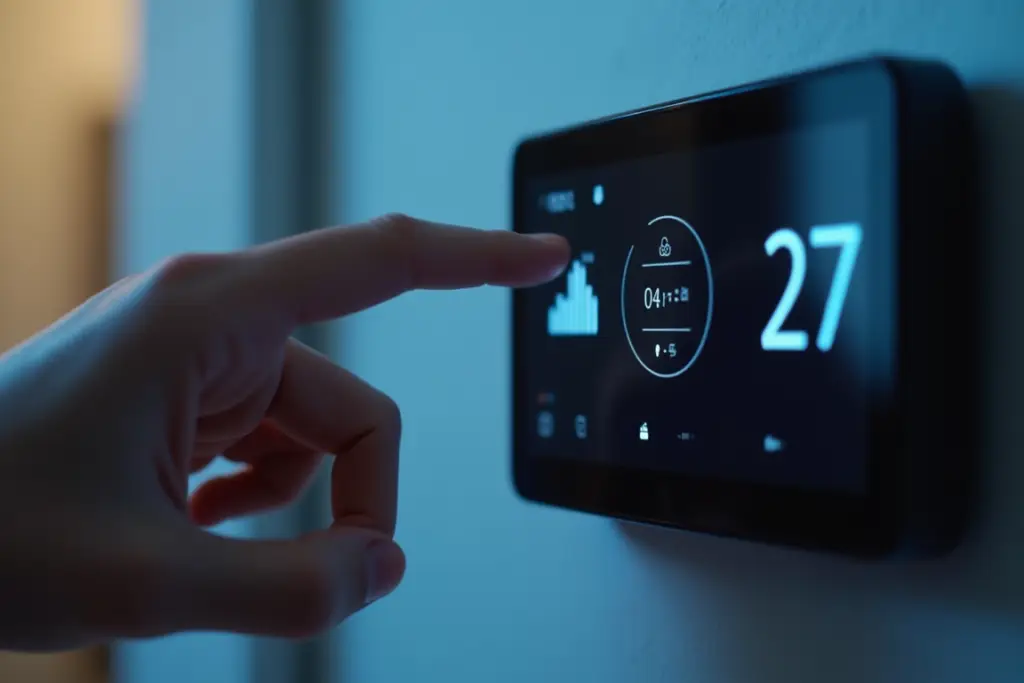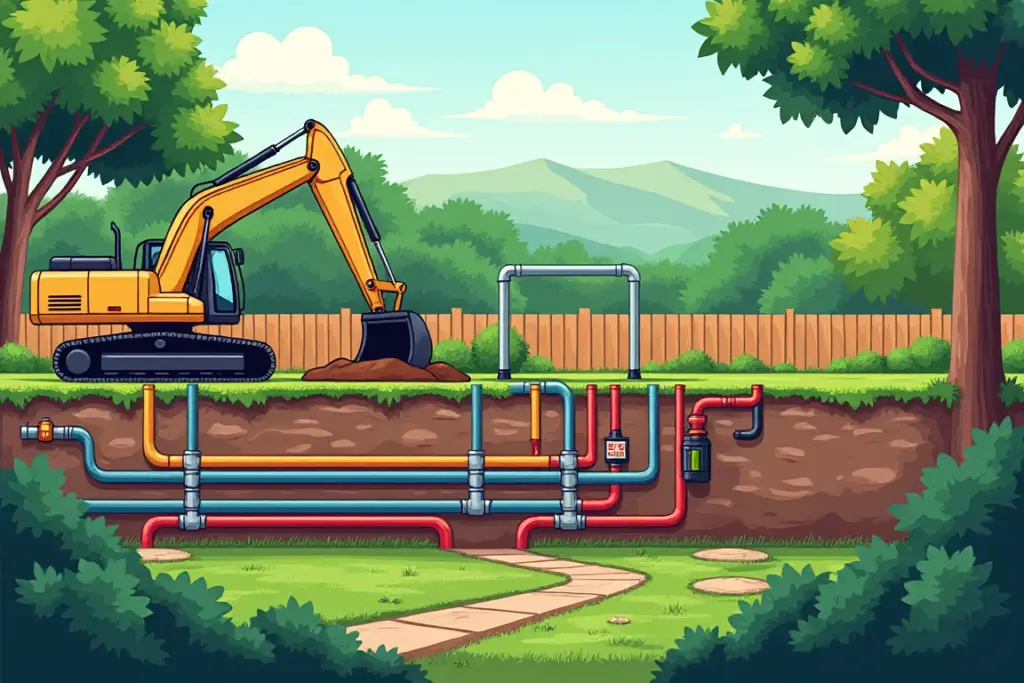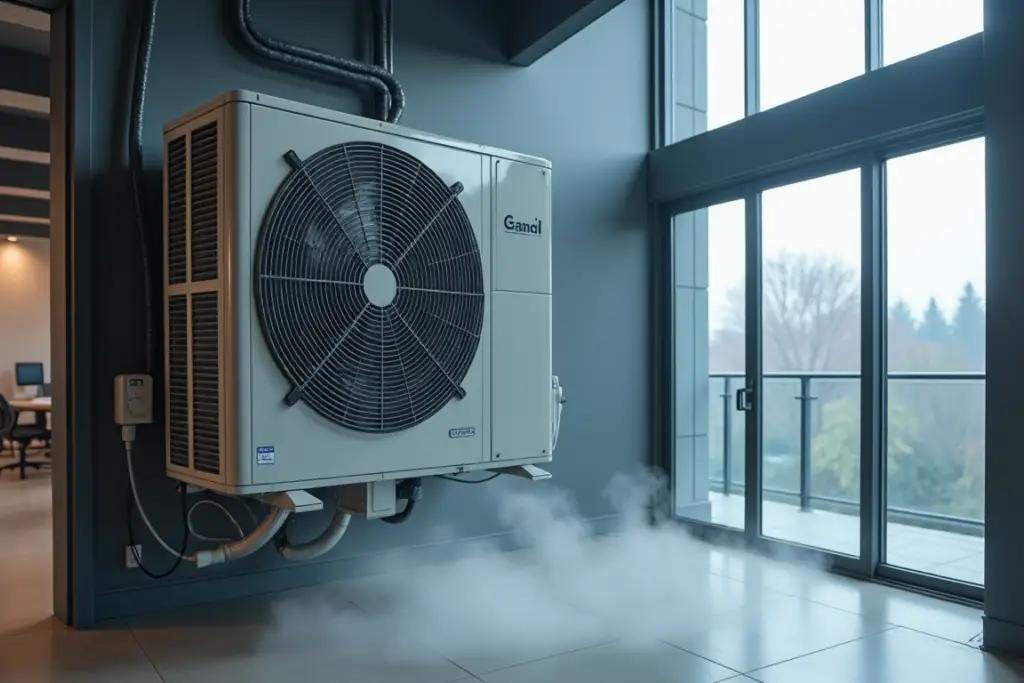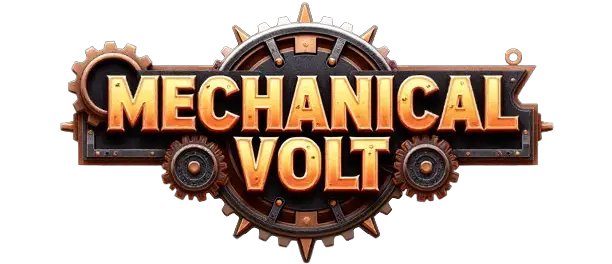Introduction:
When it comes to indoor comfort, we rarely think about the systems working behind the scenes. Yet, Heating, Ventilation, and Air Conditioning (HVAC) systems are essential to ensuring a comfortable and safe living or working environment. But how exactly do HVAC systems work, and why are they so important in both residential and commercial spaces? Let’s take a deeper look into these often-overlooked systems.
What is HVAC and Why Should You Care?
HVAC stands for Heating, Ventilation, and Air Conditioning. Together, these systems regulate the air quality, temperature, and humidity in a building, creating a comfortable space regardless of the weather outside. Whether you are working, relaxing, or hosting friends and family, a reliable HVAC system is what keeps things comfortable year-round.
How HVAC Systems Keep Us Comfortable 🔧
Heating:
Think of winter nights curled up in warmth. This is made possible by furnaces or heat pumps, which transfer heat to warm your space. In larger commercial settings, heating boilers take the lead in providing consistent warmth.
Ventilation:
Proper ventilation is more than just fresh air. It’s about airflow that removes toxins, moisture, and other contaminants from the air. In homes, this happens through vents and exhaust fans. In industrial settings, ventilation is vital for maintaining a controlled environment that meets safety standards.
Air Conditioning:
When summer heat waves strike, air conditioning systems kick in to ensure the temperature remains cool and comfortable. Whether it’s a central air system or a portable unit, A/C helps lower humidity and maintain comfortable indoor temperatures.
Top HVAC System Components: A Closer Look 🛠️
Let’s break down the parts of an HVAC system and understand how they work together to create optimal comfort:
- Thermostat: The “brain” of the HVAC system, the thermostat senses temperature changes and tells the system when to turn on or off. Smart thermostats allow for greater energy control and efficiency.
- Furnace and Boilers: These components generate heat and circulate warm air through the home or business via ducts or radiators.
- Air Handlers and Ductwork: Once heated or cooled air is generated, it is pushed through ducts to different parts of the building. Ducts come in various materials, and proper insulation ensures that no heat or cool air is lost.
- Refrigerants and Coils: In air conditioners and refrigeration systems, coils are used to absorb and release heat. Refrigerants circulate inside these coils to create the cooling effect we rely on.

HVAC System Design: A Balancing Act ⚖️
Designing an efficient HVAC system isn’t a one-size-fits-all approach. Factors like building size, local climate, and energy goals play a significant role in system design. For instance:
- Insulation: Proper insulation minimizes heat loss in winter and keeps cool air inside during summer, reducing energy costs.
- Zoning: In large buildings, zoning systems allow for different temperature settings in various areas, improving comfort and efficiency.
HVAC Systems in Different Environments 🏢🏠
HVAC systems are not one-size-fits-all; they need to be tailored to specific environments. Let’s explore the different types of systems used across various settings:
- Residential HVAC:
Homeowners use HVAC systems for year-round comfort. Modern systems often feature smart controls, allowing homeowners to adjust settings remotely for enhanced efficiency and energy savings. - Commercial HVAC:
Larger spaces, like offices and malls, require complex systems with greater capacity. These systems are designed to handle high occupancy and ensure consistent air quality. - Industrial HVAC:
In factories and warehouses, HVAC systems often go beyond comfort. They’re designed to control temperatures and humidity levels for manufacturing processes, such as in food production or electronics assembly.

HVAC Efficiency: Saving Energy, Saving Money 💡💰
Energy efficiency is no longer just a trend—it’s a necessity. By investing in high-efficiency HVAC systems, you can save money and reduce your environmental footprint.
Key Features to Look for in an Energy-Efficient HVAC System:
- SEER Rating (Seasonal Energy Efficiency Ratio): This rating tells you how much cooling you get for the energy consumed. The higher the SEER rating, the more energy-efficient the system is.
- Smart Thermostats: Smart thermostats learn your preferences and adjust settings to optimize energy usage, which can save up to 10-12% on heating and cooling bills.
- Variable-Speed Motors: These motors adjust fan speeds according to the room’s needs, ensuring the system runs efficiently.

Common HVAC Problems and How to Avoid Them 🛑
HVAC systems are intricate, and minor issues can lead to major discomfort. Here are common HVAC problems and easy solutions:
- Dirty Filters: Blocked filters reduce airflow, making your system work harder. Regularly replacing filters can improve efficiency.
- Low Refrigerant: Low refrigerant levels in air conditioners or heat pumps can reduce cooling capacity. Call in a professional to top up refrigerant levels.
- Faulty Thermostats: An incorrect reading can lead to energy waste. Calibrate your thermostat regularly to ensure it reads accurately.
Emerging Trends in HVAC Technology 🔮
As we move towards smarter, greener, and more energy-efficient solutions, several trends are emerging in the HVAC industry:
- Smart HVAC Systems:
Integrated with AI and IoT, these systems adjust based on real-time conditions, offering convenience, enhanced control, and energy savings. - Geothermal HVAC:
Geothermal systems use the Earth’s natural temperature to heat and cool buildings, providing an eco-friendly, sustainable alternative to traditional systems. - Hydronic Systems:
Hydronic heating and cooling use water to regulate temperatures. These systems are highly efficient and ideal for homes that require even, consistent temperatures. - Sustainable Refrigerants:
New refrigerants with low environmental impact are becoming standard in newer HVAC systems. These eco-friendly alternatives are designed to reduce greenhouse gas emissions.
Conclusion: Embracing the Future of HVAC 🌍
In today’s world, where energy efficiency and sustainability are crucial, HVAC systems are becoming more advanced and smarter than ever. With new technologies like smart thermostats, geothermal systems, and eco-friendly refrigerants, we’re headed toward a future where comfort and environmental responsibility go hand in hand. Whether you are a homeowner looking to improve comfort, or a business owner in need of an efficient climate control system, HVAC is the key to your success.
External Links:
Internal Links:

